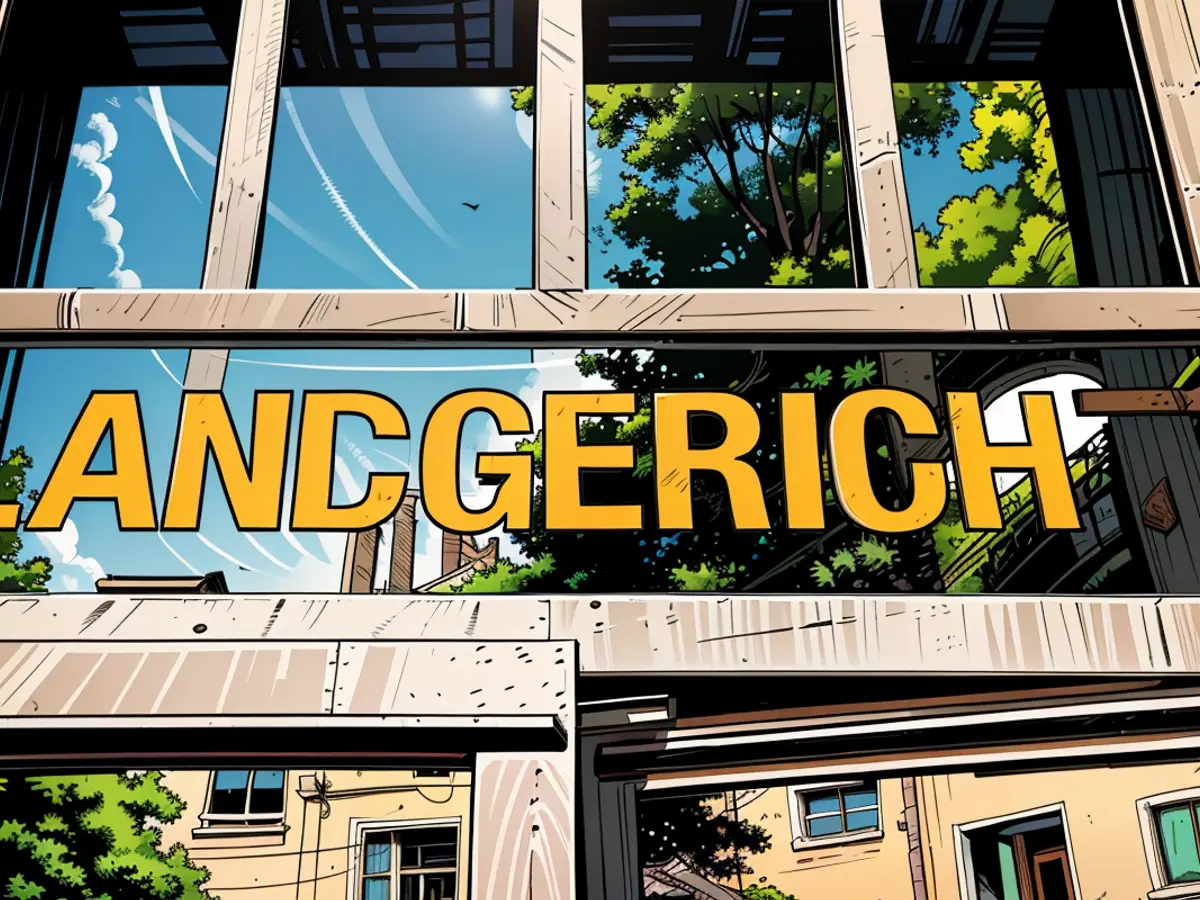Preserving the environment and its natural resources - Tiny fire-bellied toads prepared for their natural habitat
At least 1000 red-bellied toads have been reintroduced to various places in Schleswig-Holstein, with the ultimate goal of saving this endangered species from extinction. Found only in Germany's north and northeast, these small amphibians with a bright red underside have been dwindling in numbers due to farming conversions, which have led to the loss of meadows and the deterioration of ponds where they bred and spawned.
"In the past, common species like the green frog, the common toad, or the pond loach have thrived, while the red-bellied toad has disappeared," explains Hauke Drews, a zoologist with the Nature Conservation Foundation. Red-bellied toads prefer clear, shallow, sunny ponds with no fish, surrounded by wildflowers, and access to deadwood or stone piles.
The toads released into the wild came from eggs collected at Salemer Moor and Eichhorst. The incubated and hatched tadpoles were then carefully raised in a specialized breeding facility. According to Drews, survival rates plummet to around 10% in nature, but in artificial breeding conditions, over 90% of the tadpoles make it to the red-bellied toad stage. The toads are released once they've metamorphosized from tadpole to mini adult toad, at about eight weeks old.
The population of red-bellied toads in Schleswig-Holstein was given a status upgrade from "threatened with extinction" to "endangered," making this a unique success story in Germany. However, the road to a thriving red-bellied toad population is still a long one, the Nature Conservation Foundation cautions.
Read also:
After the successful reintroduction of red-bellied toads in Schleswig-Holstein, efforts for nature conservation continue in this region of Germany. The wilderness of Schleswig-Holstein provides an ideal environment for these endangered animals to thrive, as they prefer clear ponds surrounded by wildflowers. The release of these toads into the wild is a significant step towards maintaining biodiversity and preserving Germany's natural resources.








